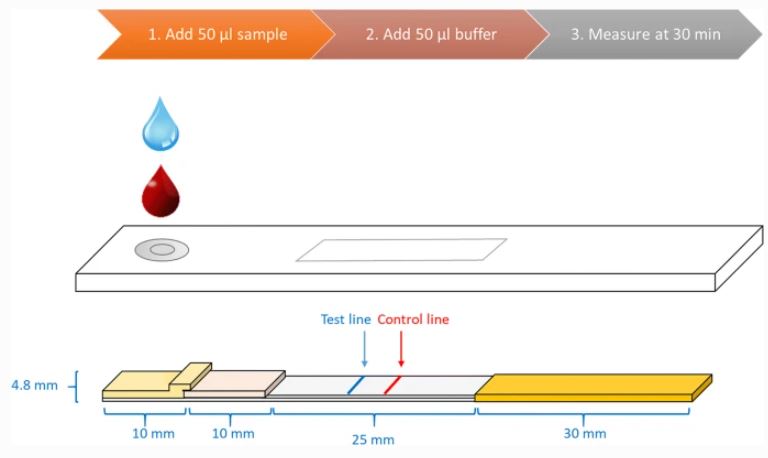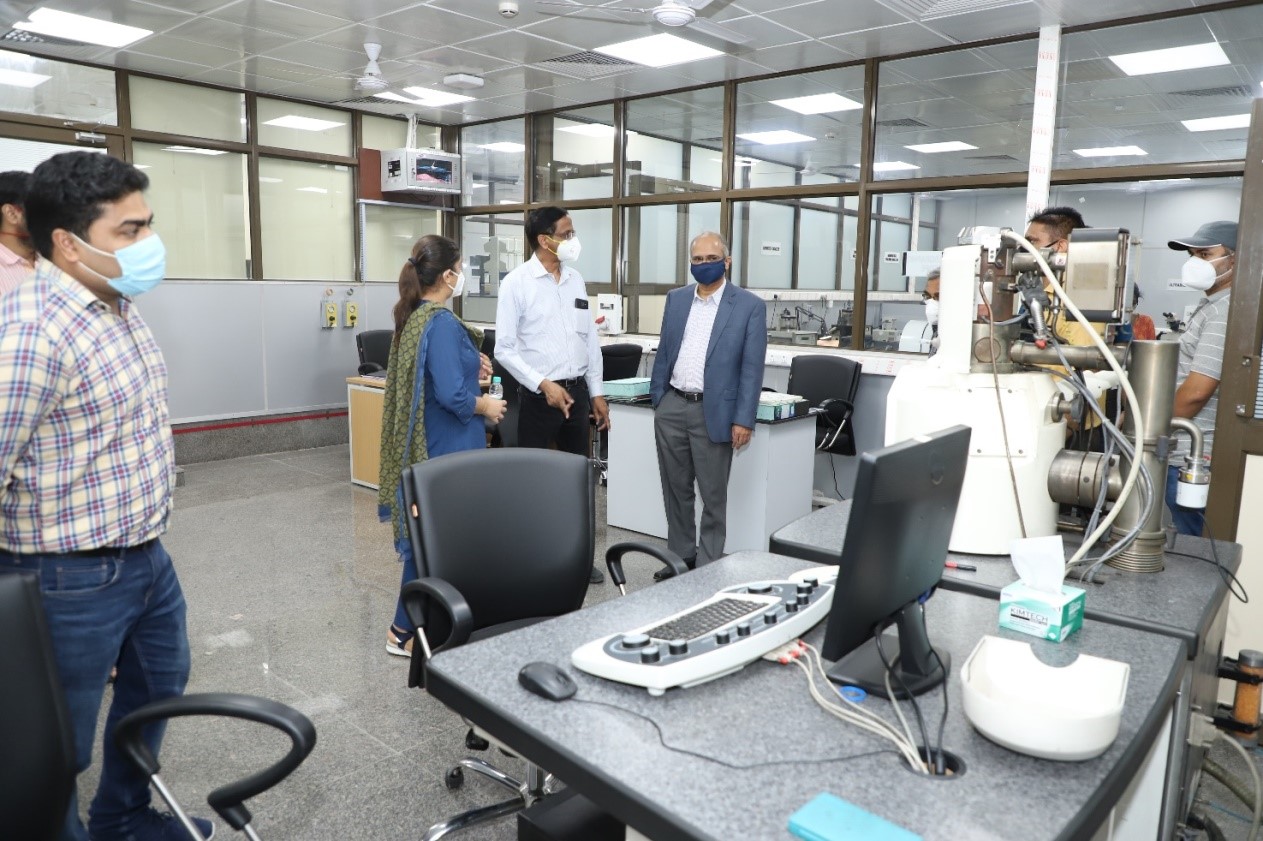One of the few regular tests that one will have to get when admitted to a hospital will be for detecting hepatitis B Virus surface antigen that appears as ‘HBsAg’ under test reports. The test helps to diagnose both acute and chronic hepatitis B virus (HBV) infection.

Two types of tests are normally used: enzyme immunoassays (EIAs), and rapid diagnostic tests (RDTs). The enzyme immunoassays are highly sensitive to detect the virus, while the rapid diagnostic tests are not as sensitive and thus at times may fail to detect the virus. This makes RDTs unsuitable particularly for the screening of blood samples for transfusion. But, they are often used instead of EIAs in resource-poor settings in middle and low-income countries as they are low cost and simple to use. They can be handled even by untrained personnel. Enzyme immunoassays, in contrast, are expensive and need skilled manpower.
In a new study, teams of researchers from DBT-Translational Health Science and Technology Institute (DBT-THSTI), DBT-International Centre For Genetic Engineering And Biotechnology (DBT-ICGEB), and University of Turku, Finland, have come together to develop an ultra-sensitive rapid diagnostic test that circumvents the sensitivity gap.
Experiments by the researchers have shown that the new test had a very high sensitivity even while it was based on a simple assay procedure and did not require skilled personnel to administer. A comparison of assay performance among patients positive and negative for HBsAg showed that the new test had 95.4% sensitivity. In contrast, conventional rapid tests have a sensitivity of 87.7%.
The scientists are now planning to get the assay to the bedside in the form of a point-of-care kit and evaluate the function of the assay in clinical settings, with freshly drawn patient samples, using a battery-operated reader device. The study was supported by Wellcome Trust, UK, and DBT-Biotechnology Industry Research Assistance Council (DBT-BIRAC).
A report on the study was published in Analytical and Bioanalytical Chemistry. The research team consisted of Iida Martiskainen, Sheikh M. Talha, Karoliina Vuorenpää, Teppo Salminen, Etvi Juntunen, Souvick Chattopadhyay, Dinesh Kumar, Tytti Vuorinen, Kim Pettersson, Navin Khanna & Gaurav Batra.
Hepatitis B virus can be transmitted through contact with infected blood or other body fluids as well as perinatally from infected mothers to neonates. It is a major health problem in low and middle-income countries. Most of the infected individuals are asymptomatic at the early stage of infection. However, a small proportion of acute infections are symptomatic, and a very small proportion can develop acute liver failure. In some individuals, HBV can cause chronic liver infection which may result in cirrhosis and hepatocellular carcinoma leading to death.
Identification and treatment of asymptomatic people with chronic HBV infection should reduce the disease burden. However, HBV screening is non-existent in several LMIC and even the blood donor screening is performed using tests with inadequate sensitivity. Only 10.5% of all chronically infected individuals are aware of their infection. The new test could fill the gaps in the diagnosis of TB. (ISW)
If you liked this article, then please subscribe to our YouTube Channel for the latest Science & Tech news. You can also find us on Twitter & Facebook



